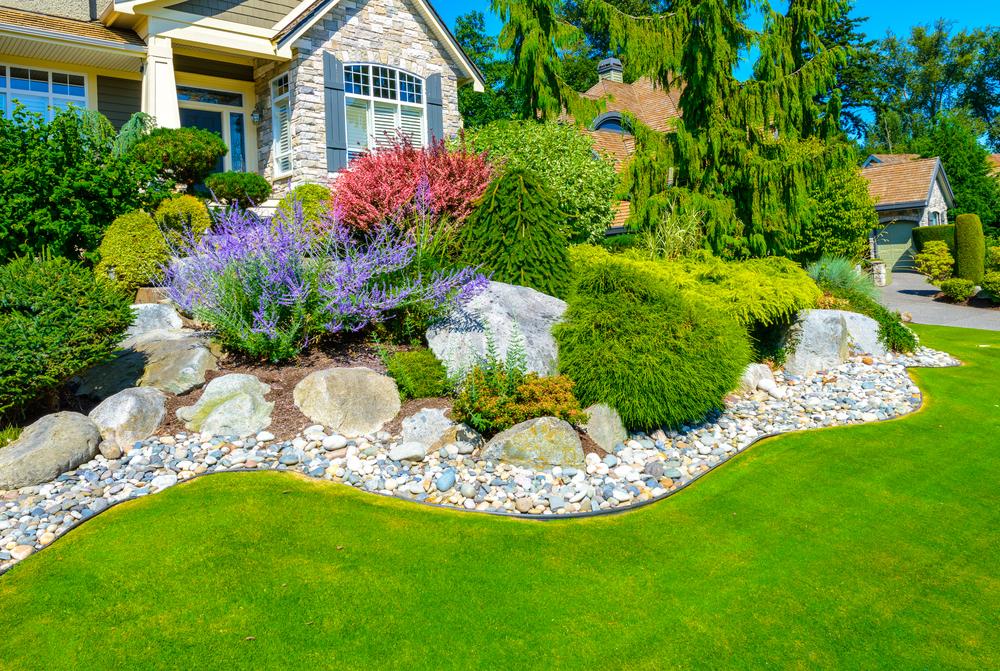Standing water on your turf grass can quickly lead to problems, including insect infestations, the death of the grass and foul smells. Discover the reasons why water ponds on turf and what you can do to prevent this common problem.
Three Ways to Keep Water from Ponding on Your Turf
Turf is prized for its vibrant green color, thickness and ease of maintenance. After the turf is placed on your property, you might notice some problems such as ponding of water or muddy areas. These tips will help to prevent standing water from causing issues with your turf in Las Vegas.
Improving the Slope
If your property does not have a slope that facilitates the drainage of water, this could be why there are muddy areas or puddles on your turf. Consider measuring the slope of your property. If the slope is not at least one inch of change in elevation to 12 inches of lateral surface, it is a good idea to take action to correct the slope. The slope of your property should be highest around your foundation and lowest at the edges of your yard so that water drains away from your home.
Adding a New Drain
In some cases, adding a new drain to your property can fix the puddles and muddy areas. A French drain can be installed by your landscaping professionals. This type of a drainage system makes use of perforated PVC pipes and gravel. The water is collected from a low area and diverted to another place on your property that is able to handle the outflow.
Building a Swale
If your property cannot have its drainage fixed by sloping the soil differently or adding one or more drains, consider building a swale. A swale makes use of fill soil that the sides of the swale are taller than the center. The swale must also be sloped properly in order to drain water from the place where you do not want it to pool to a place that can handle the extra runoff. You may need professional guidance and a permit to build a swale.





